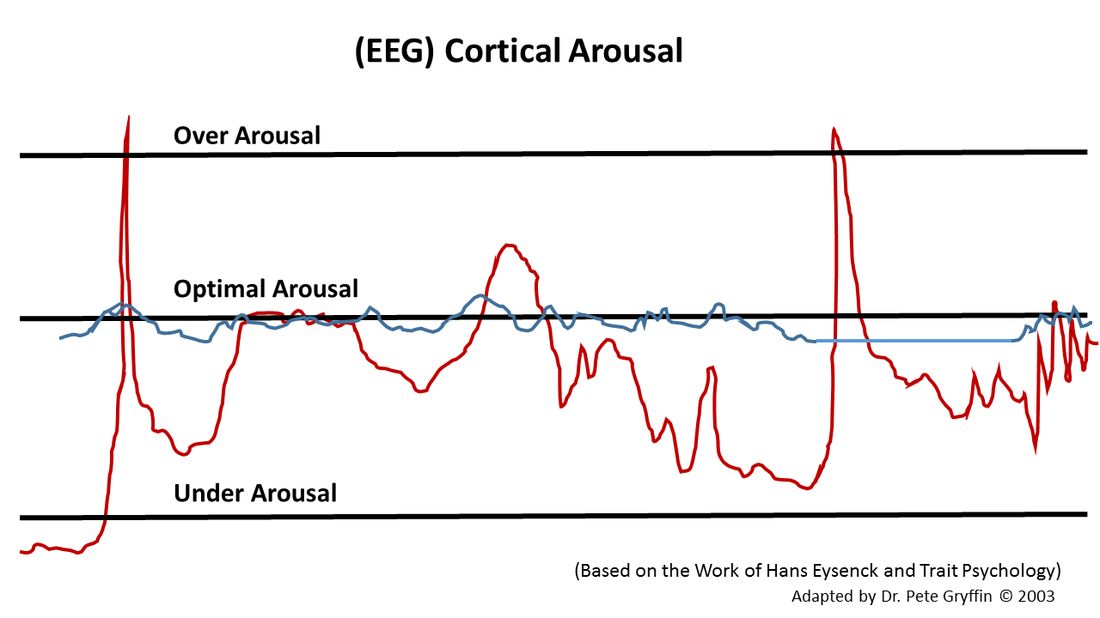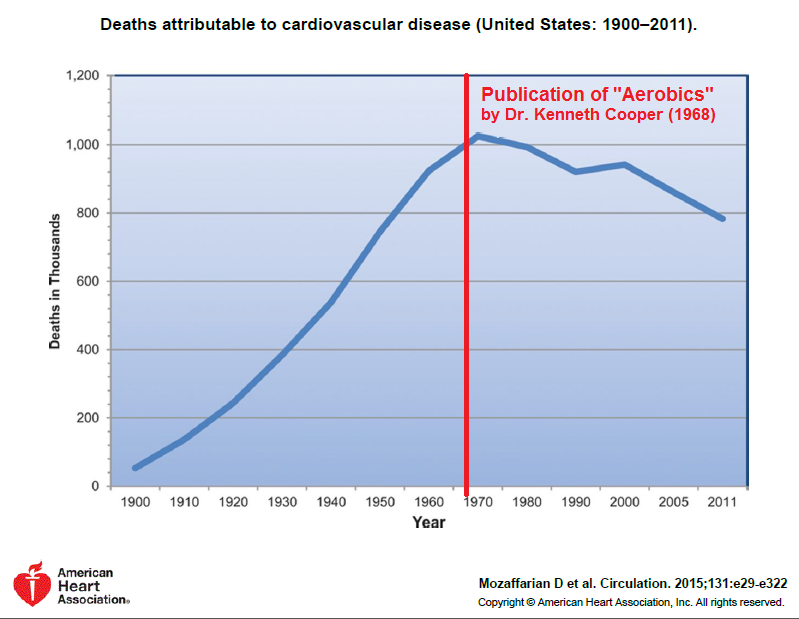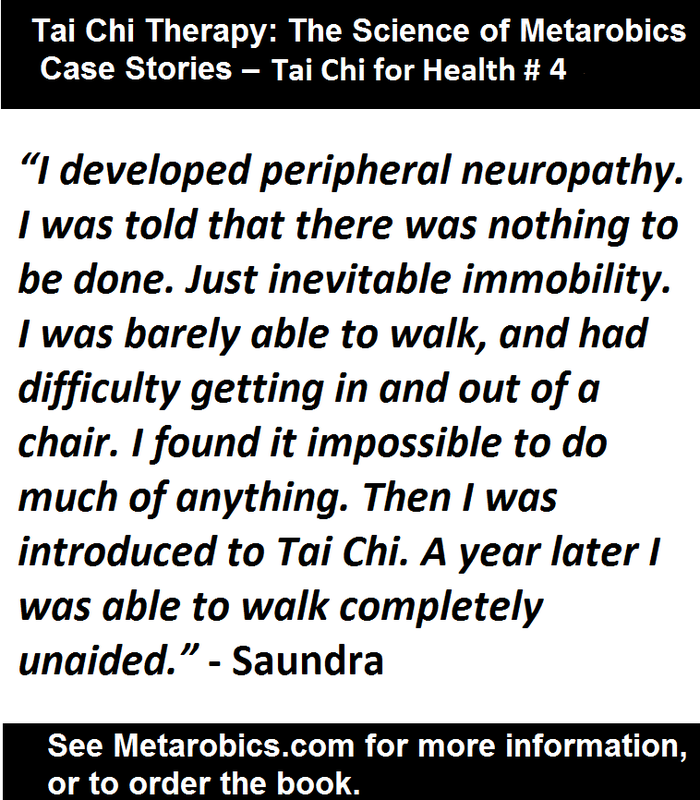“Moons, moons shining on the waters. Ripples stir, where do the moons go?”
Calm water has been a longtime analogy to a calm and clear mind, full of insight and self-understanding. The moon is an analogy to the True Self, the Tao (Way), or big R Reality (such as the “finger pointing to the moon” Koan, mentioned by Bruce Lee in “Enter the Dragon"). As Bruce Lee and other teachers have noted, people get stuck on the finger, but the finger is not the moon.
The ripples are the incessant thoughts, doubts, worries, fear, anxiety, and mental “static,” which goes on constantly in the mind. When the mind is constantly thinking, the True Self cannot emerge, full of inspiration, certainty, and calm being. Try sitting for a few minutes, thinking of nothing. How many seconds pass before you start thinking something? It might be: “This is easy…oops, I thought,” or “This is stupid…I’m hungry….what’s on TV?...what does this have to do with Tai Chi?” And so on and so on and so on.
This constant mental chatter is like static in the mind, making clear thought and inspiration difficult. It also creates higher levels of ongoing mental “stress,” and can limit your ability to react to life situations. This is why Zen training was so popular with the Samurai. It you think – “I am going to cut high, then low,” or if you are filled with thoughts of fear or death, the mind slows. The goal was to create an empty mind, like a mirror, which would respond instantly, without the time delay of thought (which relates to the Koan on the “Mirror Mind,” discussed earlier).
At the bottom of this blog is a chart from the Metarobic Institute Mind/Body page. This is based on my earlier graduate work, and the work of Hans Eysenck and Tomio Hirai. The red line is the EEG waves of an untrained mind (simplified for illustration). Throughout the day it shoots up and down, like a roller coaster, in response to various stimuli. If stimulus is too much, the mind can actually freeze or shut down (the “deer in the headlights” syndrome). An example is being asked a question by the teacher in a class. Even if you know the answer, having the teacher and everyone looking at you increases cortical arousal (the EEG waves) to over arousal, and the mind freezes. The teacher looks away, figuring you did not study, and the answer “pops” into your head, as cortical arousal returns to more optimal levels. If there is not enough stimulus, (under cortical arousal), the mind gets drowsy and slow to respond. The mind functions most efficiently somewhere between the two, at optimal cortical arousal. In this state, the mind functions at peak efficiency, and does better on tests and other demanding situations. Zen/Mindfulness training (focusing on the breath or other focal point in sitting meditation, or on the leading hand in Tai Chi) helps the mind to stay at optimal arousal (the blue line), focused and more open to inspiration and interaction. Researcher Tomio Hirai found that the EEG waves of Zen monks would actually “flat line” during mediation. Researchers had never seen this before, and had to come up with a new term, “brain trains,” rather than “brain waves.” So if you would like to live your life a little more simplified, and get off the rollercoaster of uncontrolled thoughts and emotions, consider adding a few minutes of sitting or moving meditation (such as Tai Chi).





 RSS Feed
RSS Feed